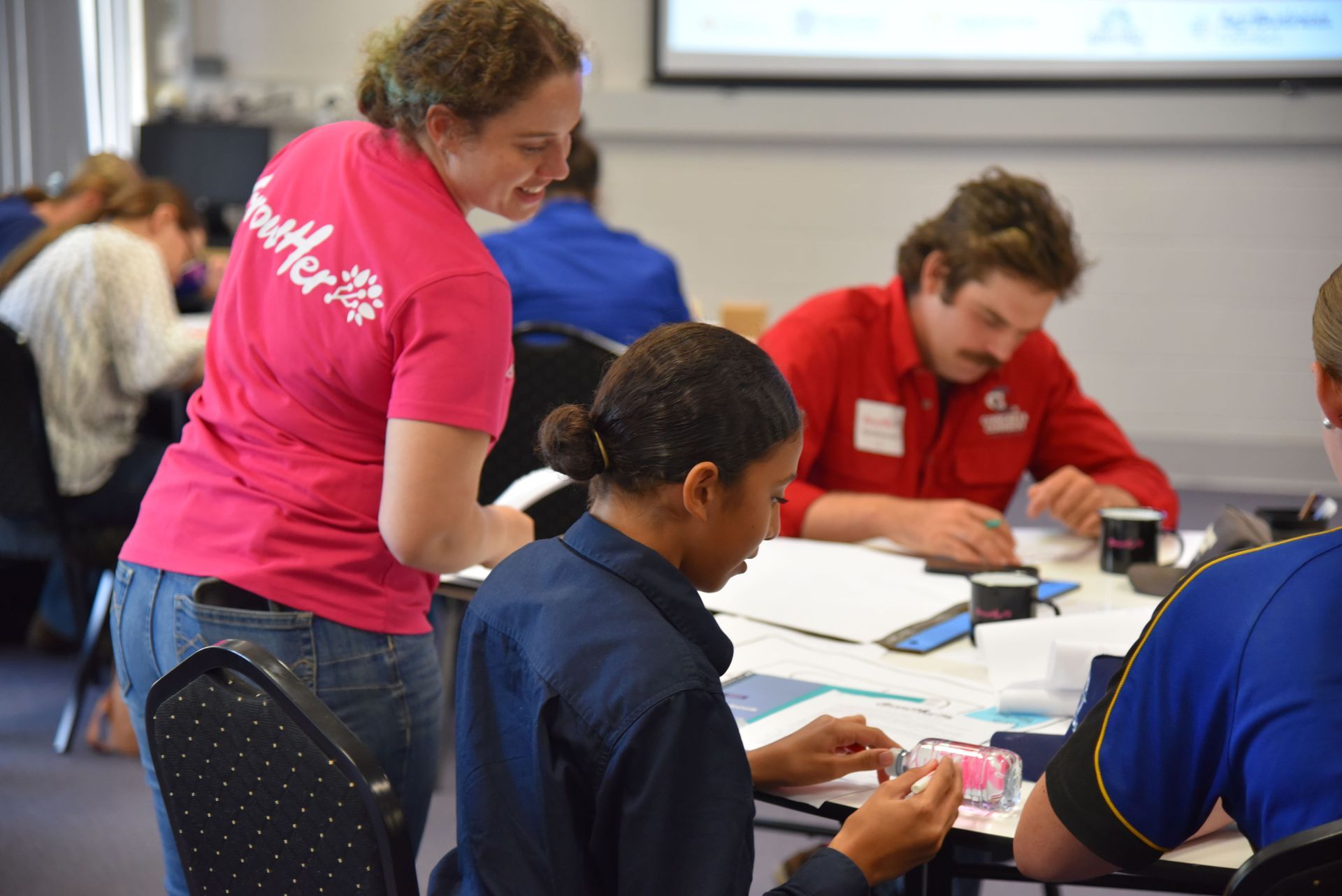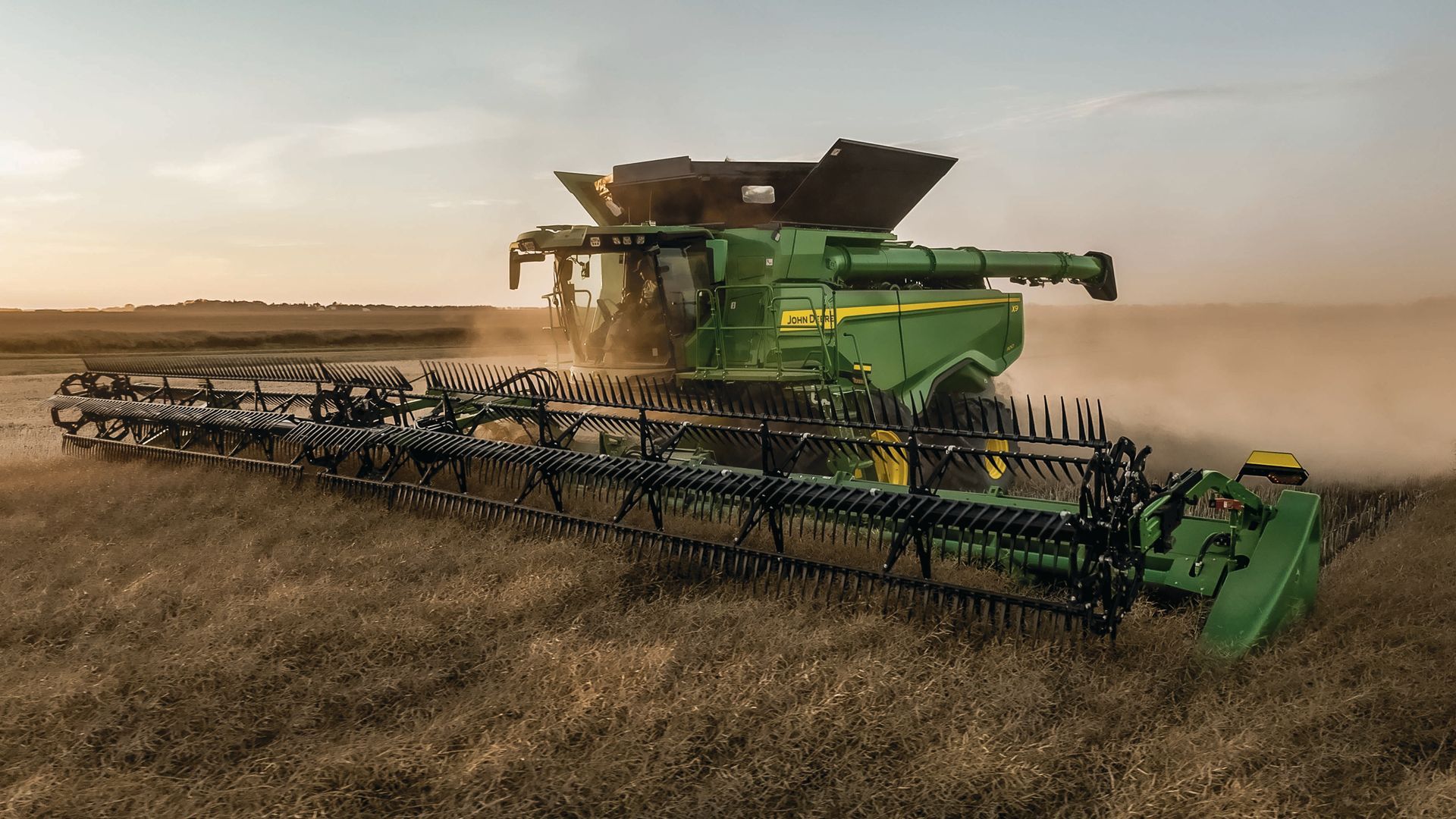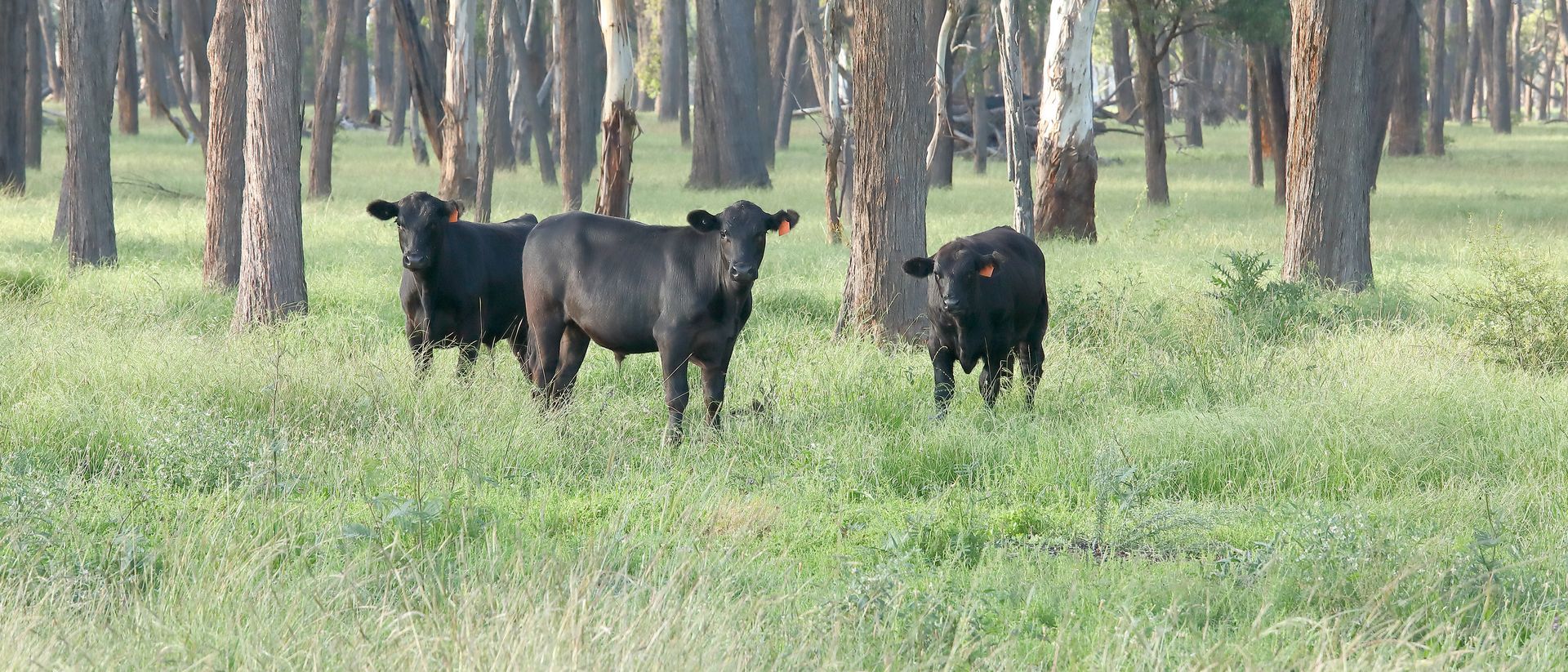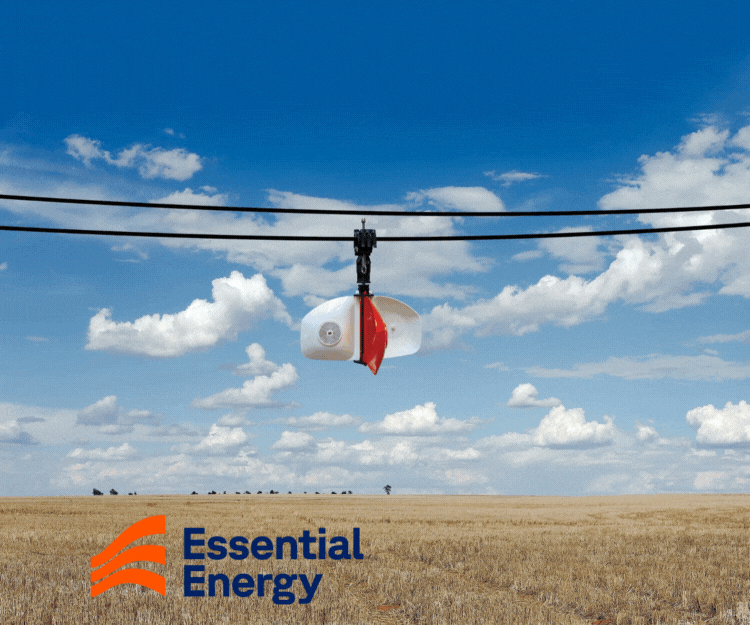Mike Casey is an entrepreneur and cherry orchardist from Central Otago, on the South Island of New Zealand, who has electrified all the machines on his farm. He is also the CEO of Rewiring Aotearoa, a New Zealand charity dedicated to electrifying millions of fossil fuel machines across the motu as quickly as possible.
Rise of the electric farm
New Zealand farmers are well-accustomed to turning sunlight into food and fibre. Now, as Mike Casey writes, there’s an opportunity to turn that sunlight into something else that will benefit New Zealand and the rural sector: renewable electricity.
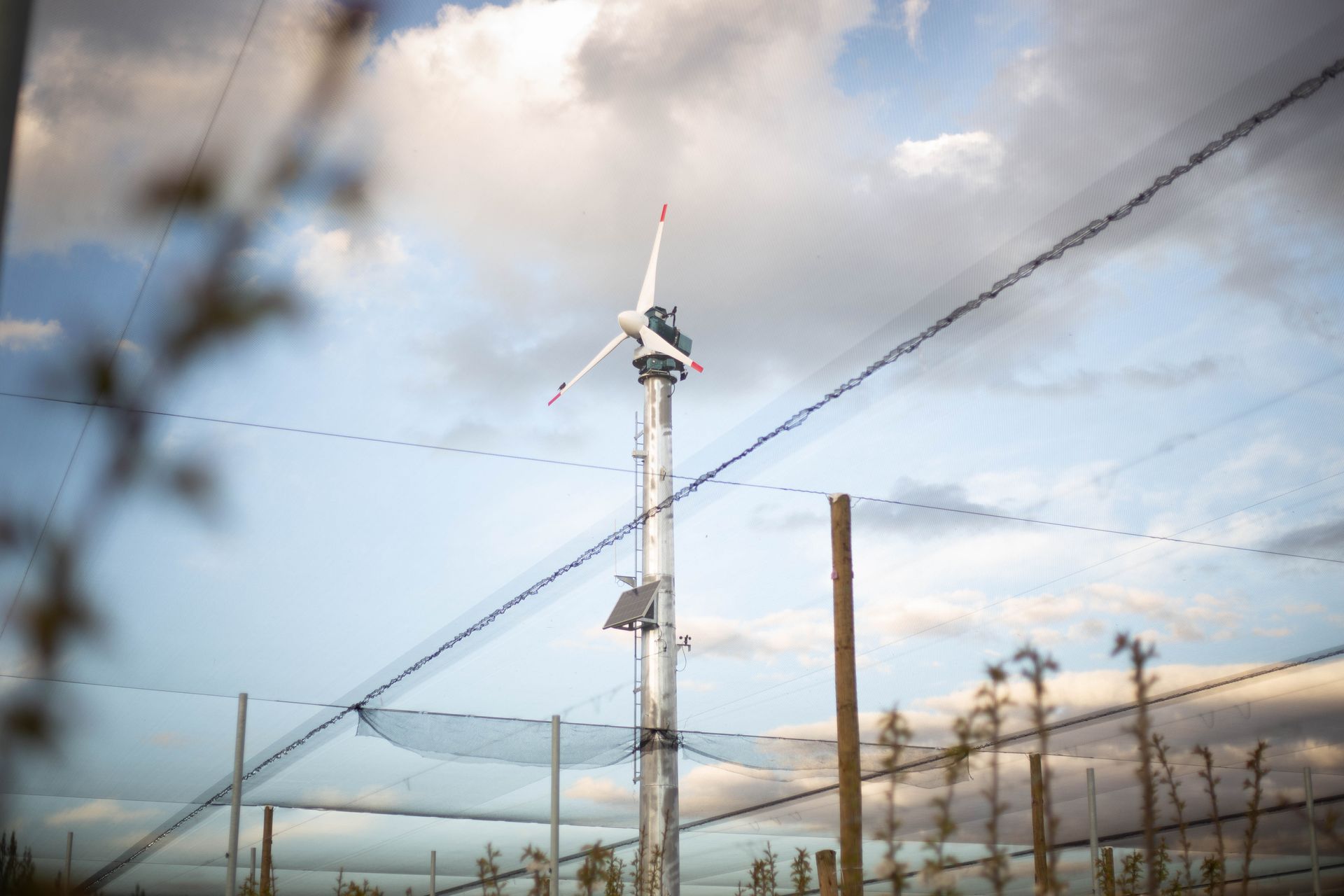
Have you ever tasted an electric cherry? That’s what I grow in Central Otago, New Zealand, and, while I may be slightly biased, I reckon they’re the most delicious cherries in the world. But there’s something else they taste like: the future of farming.
At Forest Lodge Orchard near Cromwell, our claim to fame is that we have swapped all the fossil fuel machines, that cherry orchards traditionally use, for electric equivalents and we power 21 of these machines - including New Zealand’s first electric Monarch tractor - with a combination of solar panels, batteries, and New Zealand’s highly renewable grid.
We save tens of thousands of dollars a year on diesel fuel and because we’ve built enough generation and storage capacity, we can make tens of thousands more by exporting excess energy to the grid at times of peak demand. We’ve also slashed emissions by around 95 per cent compared to the old-school approach.
As an orchardist, I love low-hanging fruit and going electric is a prime example of that; a productivity hack that’s basically hiding in plain sight.
Cheap, abundant fossil fuels have been central to human progress for centuries. But, as we’ve discovered on Forest Lodge, the energy you generate yourself will be the cheapest energy you can get and investing in solar and running electric machines is one of the easiest ways to reduce your input costs and increase your bottom line.
In New Zealand, the agricultural sector spends around $700 million on diesel every year and the price is expected to keep rising, but solar is now the cheapest form of electricity available to customers (7 cents per kilowatt-hour on your farm mortgage vs 35 cents per kilowatt-hour via the grid).
When you think about it, it’s crazy that the sector is still so reliant on expensive, volatile, imported fossil fuel molecules for its tractors, motorbikes, pumps, and harvesters when we could instead be using cheap locally produced electrons generated on our farms and via our renewable grid to power more efficient electric machines.
Based on our experience at Forest Lodge, our total operational savings are approximately $40,000 per year and we make approximately $20,000 per year from exporting during peak periods. With changes afoot to the sector that will more fairly rewarded export, something that we have advocated for strongly at Rewiring Aotearoa, the already impressive ROI could soon be even better.
Farmers also have an opportunity to lower the price of electricity for everyone in New Zealand, which is something the sector should be embracing. In New Zealand, if all our 50,000 or so farms had mid-sized solar systems like ours, that would create 60 per cent more generation and using more solar during the day and through winter could help reduce the wholesale price by keeping water in our hydro dams.
Despite increasing our electricity use by 900 per cent compared to the status quo to run all our electric machines on the orchard, we have not increased our peak usage (which is the main reason for expensive upgrades to poles and wires) and no new electricity infrastructure has been required. Around 80 per cent of the orchard’s electricity now comes from our own sources, which not only saves us money, but makes us much more resilient to power cuts or disasters.
We also electrified our home and upgraded from fossil fuel appliances to heat pumps for heating and hot water, an induction cooktop and electric vehicles and powering them with solar and batteries. Similar economic and environmental benefits apply there as well and it is often a good place for farmers to start so they can see firsthand that when you’re generating your own energy so cheaply, it makes economic sense to use as much of it as possible.
One of the misconceptions about the modern electric vehicle (EV) is that they’re not suited to rural areas. Farmers drive a lot more than the average motorist and the more you drive, the more you tend to save with an EV , especially if it’s charged with cheap solar energy.
Modern EVs are very impressive machines. I have been taking mine up to the ski fields for the past few years with no problem at all. Our new 4WD EV seven-seater was used to tow up to two tonnes of our electric cherries down to the packhouse near Cromwell.
The economic argument for going electric increasingly stacks up for more of the rural sector and there are savings on the table right now that can help make farms more profitable. Replacement electric machines don’t exist for all use cases yet, but they are coming and the upfront costs continue to drop. This is why we’re advocating for farmers to prepare for the inevitable, invest in their own power plants and start farming electricity.
Early generations of farmers had to learn to be self-sufficient and make the most of the resources they had around them. And what farmers have around them now is plenty of land, lots of sun, increasing demand for renewable electricity, and a need to save money and diversify their revenue streams
.
Using, creating, and storing more electricity on our farms is a win for farmers, a win for communities, and a win for the environment. So let’s make those farms electric.
All dollars and cents shown are in New Zealand currency.
The Forest Lodge set-up:
- 160 kilowatts of rooftop and ground mount solar panels (approximately 250 panels).
- 300 kilowatt-hours of battery storage.
- 21 electric machines on farm, including the country’s first electric tractor.
- Two electric frost-fighting fans.
- Electric golf carts for farm transport.
- Electric tools.
- How much are they saving?
- Total operational savings - approximately $40,000/year.
- Additional revenue - approximately $20,000/year from exporting during peak periods. Software automatically exports from batteries when the wholesale price reaches a certain level and charges electric machines when rates are low.

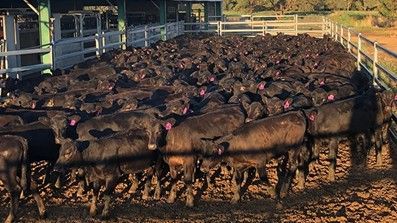
A selection of The Australian Farmer Sponsors - Click on a banner below to find out more...

